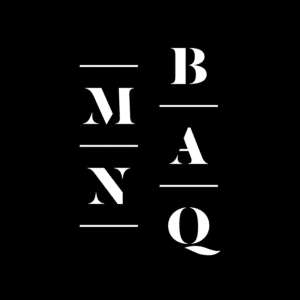The Musée national des beaux-arts du Québec wanted to create a sensory trail for people with visual impairments and, more widely, for all of its visitors. Its objective was to provide an inclusive, immersive and intimate experience.
Comprising seven tactile and auditory platforms, the trail was co-created by museum teams and visitors. It will be opened in 2021 in the Gérard Morisset Pavilion.
Tactile Studio is happy to take part in the “Art d’être humain” programme, set up by the Musée national des beaux-arts du Québec. In this programme, the Museum continues its commitment to open up to the city, with actions aimed at people excluded from cultural experiences.
The development of two inclusive approaches
Thanks to tactile orientation maps and tactile works for all audiences, visitors can now understand the museum as a whole.
The first approach enables orientation and ease of navigation. The museum complex resembles a vast network, made up of four buildings connected by underground corridors and outside pathways. That makes it difficult sometimes to find your way around. And so, the models and tactile maps of the whole site, together with audio descriptions, help to understand how the various spaces are organised.
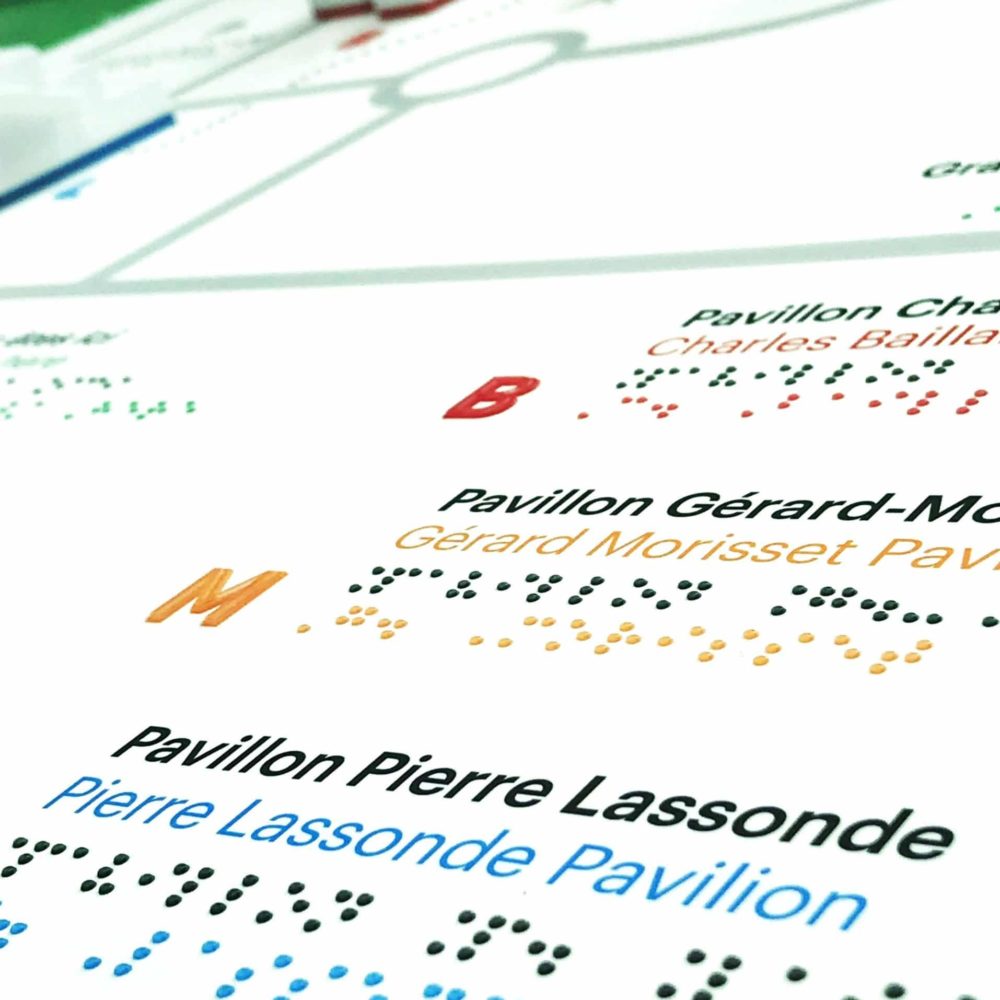
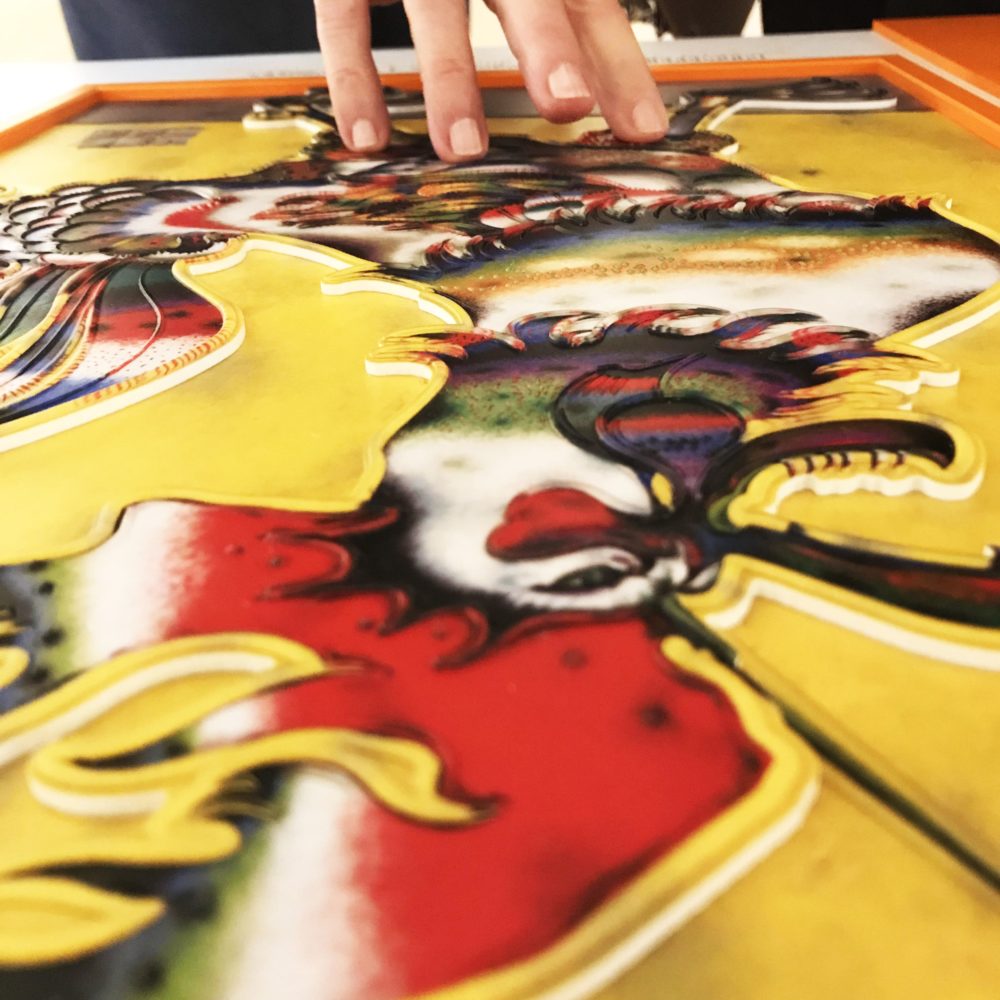
The second approach enables an easier understanding of a particular space: the exhibition hall provides a detailed discovery of one or more works.
User testing for better design
During the project, a series of test of the prototypes was carried out in situ, with a group of 11 visually impaired or blind people.
The tests were carried out on a single day: each visitor was accompanied by an observer who, with the help of an evaluation form and a questionnaire, collected the feedback, comments and findings of each tester. The prototypes were then modified in response to the users’ feedback.
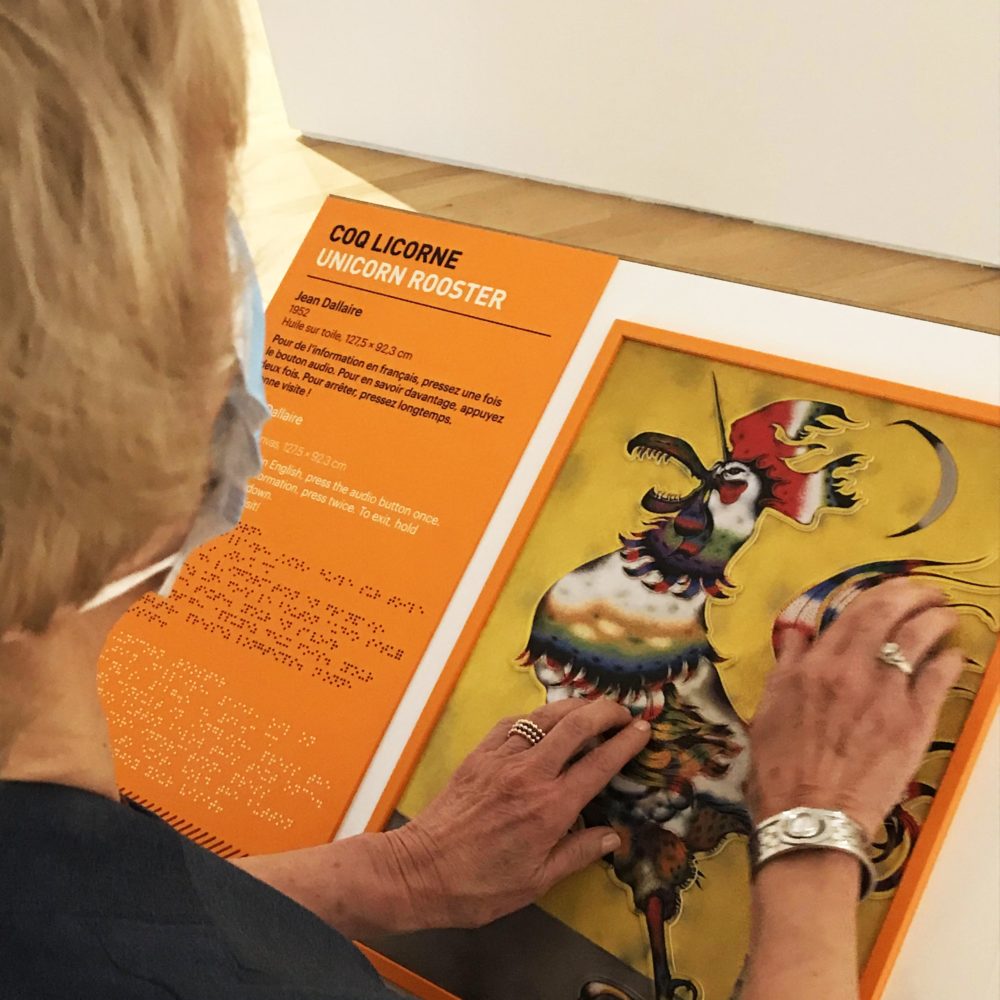
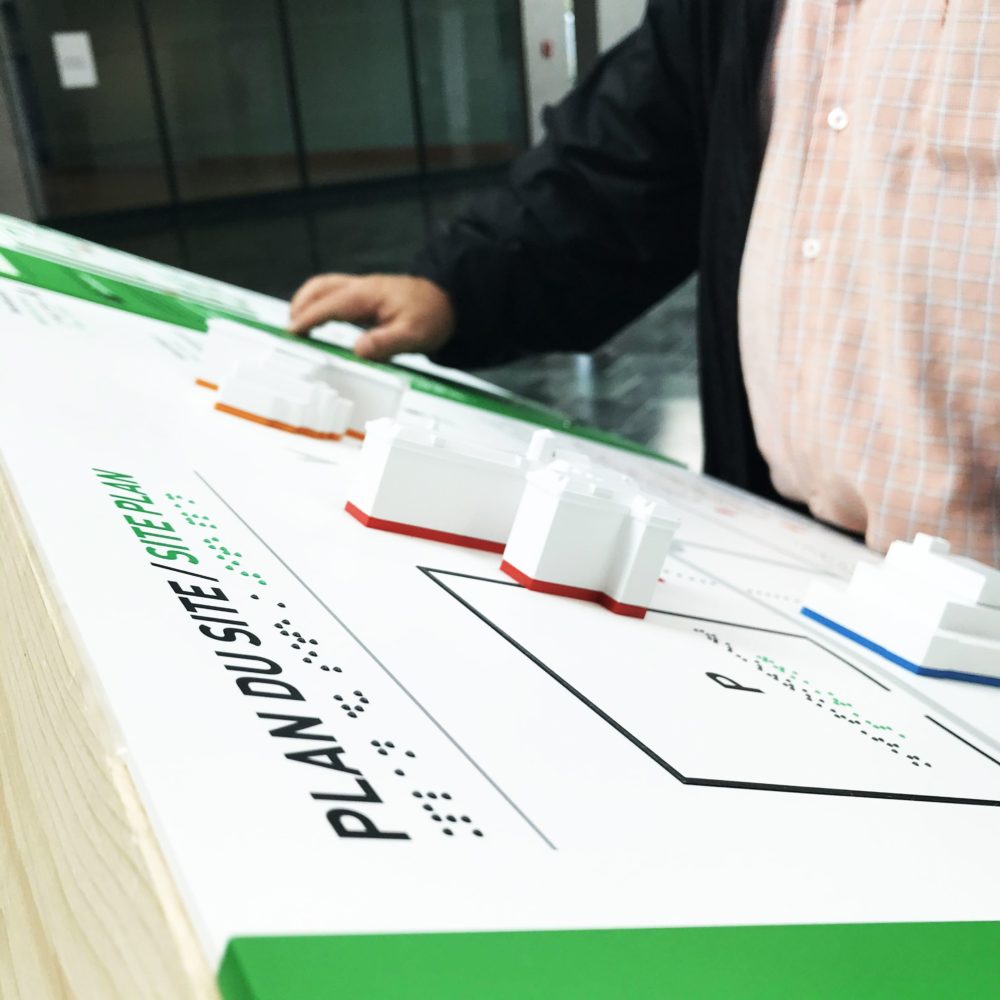
Co-creation is an approach that is at the heart of Tactile Studio’s work. It is perfectly aligned with the principles of consultation in support of universal accessibility: “Nothing for us without us”.
In Quebec more than 1,053,350 live with a disability.
Quotes
“I congratulate you for having thought about this and then implementing it. We feel included and welcomed. Often, when we go to a museum, we are not allowed to touch anything.”
User-tester
“Hats off to you for including us in your world and for respecting our limitations. Thanks to this approach, we don’t feel marginalised; on the contrary, we feel involved.”
User-tester
“Keep up the good work, so that people with disabilities can have the chance to visit places of culture!”
Nicole Trudeau
Client: Musée national des beaux-arts du Québec
Partner: Atelier WAM
